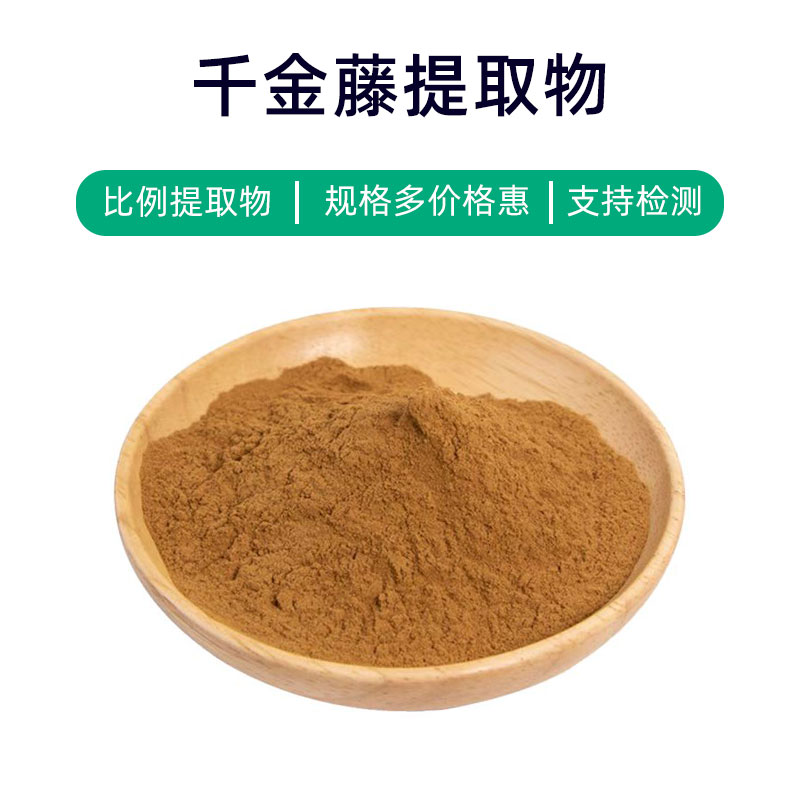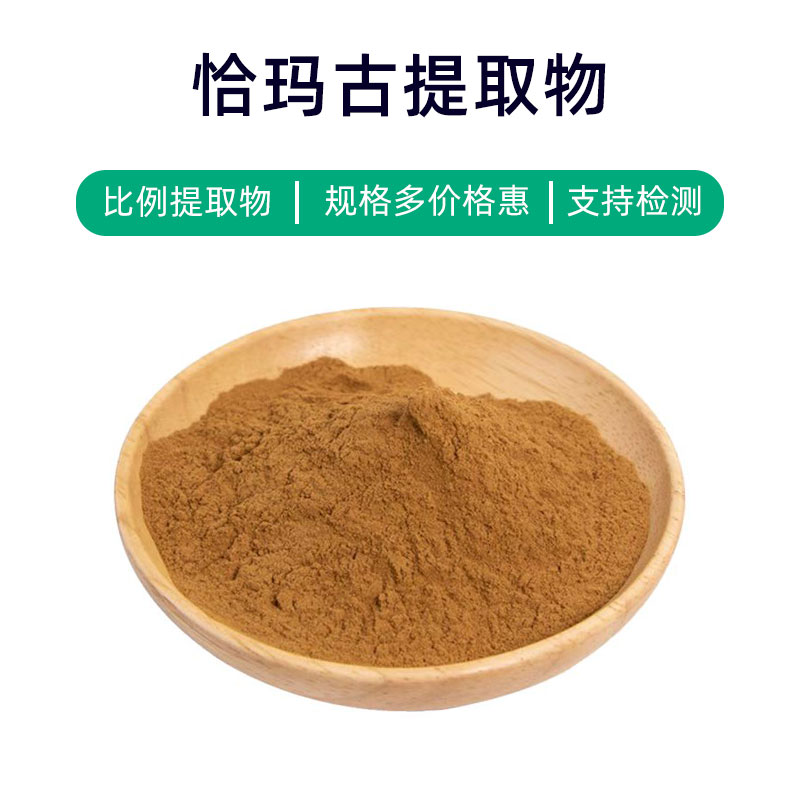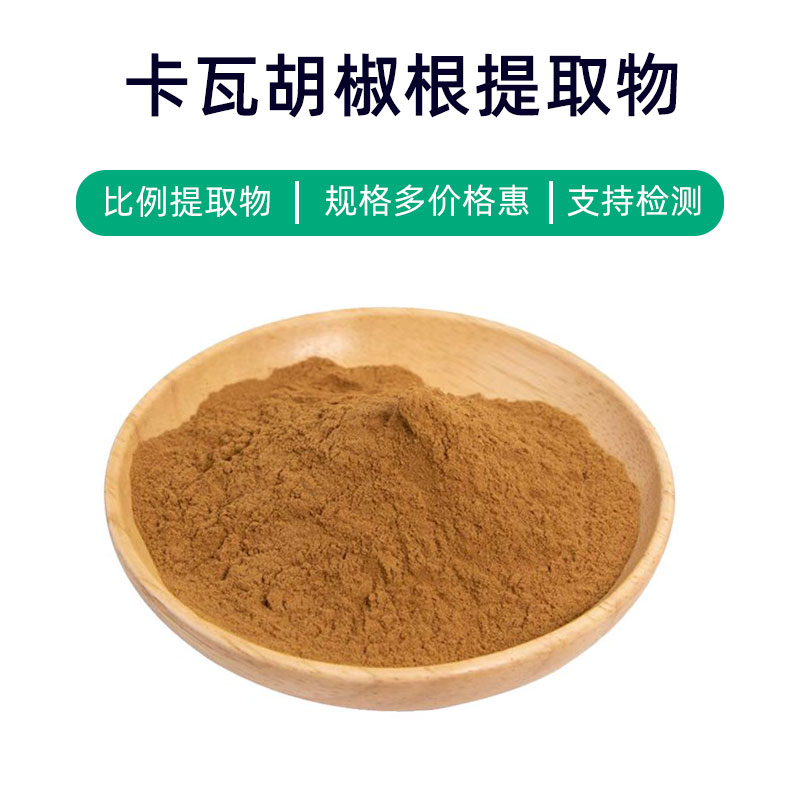Introduction to Dictamnus dasycarpus Extract Product
Dictamnus dasycarpus extract is a natural plant extract derived from the root bark of Dictamnus dasycarpus. Its main components include dictamnine glycosides, flavonoid compounds (such as paeoniflorin and paeonilactone), and volatile oils. Dictamnus dasycarpus extract is widely used in the medical, cosmetic, and food industries.
In the medical field, Dictamnus dasycarpus extract is used as a traditional Chinese medicine. It has the effects of regulating blood circulation, soothing spasms, anti - inflammation, and anti - oxidation. It is often used in the preparation of traditional Chinese medicine formulations, such as prescriptions for promoting blood circulation and removing stasis, clearing heat and detoxifying, for the treatment of relevant diseases.
In the cosmetics field, Dictamnus dasycarpus extract is used in the formulation of skin - care products. It can improve skin texture, fade skin pigmentation, enhance skin luster, and improve the overall health of the skin. It is commonly found in beauty and skin - care products such as creams, serums, and masks, and is attributed with anti - oxidation, whitening, and moisturizing effects.
In the food field, Dictamnus dasycarpus extract is usually used as a natural food additive to enhance the taste and preservation effect of food. It can be added to some foods, such as biscuits, pastries, and beverages, to enhance the taste and nutritional value of food.
Production Process of Dictamnus dasycarpus Extract
The production process of Dictamnus dasycarpus extract usually includes the following steps:
- Raw Material Preparation: Select fresh Dictamnus dasycarpus roots, clean them thoroughly, and chop them into small pieces to better release the active ingredients.
- Extraction: Place the chopped Dictamnus dasycarpus roots in a suitable extracting agent, such as water or ethanol, for soaking. The extraction time and temperature can be adjusted according to the process requirements, usually carried out at 60 - 80 degrees Celsius.
- Filtration: After a certain period of extraction, filter the extraction solution to obtain the extract. The extract contains the active ingredients of Dictamnus dasycarpus extract.
- Concentration: Concentrate the extract using common methods such as vacuum concentration and spray drying. This step aims to remove the excess solvent and concentrate the extract to obtain a concentrated solution of Dictamnus dasycarpus extract.
- Purification: Further purify the concentrated solution through methods such as freeze separation and solvent extraction to improve the purity and activity of the extract.
- Drying: Dry the purified Dictamnus dasycarpus extract to remove moisture and obtain a dry extract.
- Grinding: Grind the dried extract to obtain Dictamnus dasycarpus extract powder.
- Packaging: Package the Dictamnus dasycarpus extract powder according to certain specifications, usually using a sealed package to maintain its stability and activity.
The above is the typical production process for Dictamnus dasycarpus extract. Each step requires strict control of operating conditions and parameters to ensure the quality and activity of the final product.
Efficacy, Effects, and Side Effects of Cortex Dictamni Extract
Cortex Dictamni extract is a natural plant extract obtained from the root of Paeonia lactiflora, possessing various beneficial properties and effects, including:
- Anti-inflammatory effects: Rich in active compounds, Cortex Dictamni extract exhibits significant anti-inflammatory properties by inhibiting the release of inflammatory mediators, reducing inflammatory responses, and alleviating discomfort caused by inflammation.
- Antioxidant properties: The extract contains abundant antioxidants, such as flavonoids and polyphenols, which scavenge free radicals, protect cells from oxidative damage, delay aging, and improve skin quality.
- Immune regulation: Cortex Dictamni extract helps regulate immune system function, enhancing the body's resistance, increasing immune cell activity, and assisting in the prevention of infections and diseases.
- Antibacterial and anti-inflammatory: With certain antibacterial effects, the extract inhibits the growth and reproduction of bacteria, fungi, and viruses, making it beneficial for treating skin infections and inflammatory conditions.
- Anti-allergic properties: The active compounds in the extract suppress allergic reactions and relieve allergy symptoms, offering potential therapeutic effects for allergic diseases such as allergic rhinitis and skin allergies.
- Improvement of circulation: The extract regulates blood circulation, enhances microcirculation, and improves blood flow, helping to alleviate symptoms caused by poor circulation, such as cold extremities and fatigue.
- Antidepressant effects: Certain active compounds in Cortex Dictamni extract have a regulatory effect on the nervous system, helping to reduce stress and anxiety, improve mood, and relieve mild depressive symptoms.
Although Cortex Dictamni extract has multiple benefits, individual differences and adaptability should be considered during use. Long-term or excessive consumption may cause side effects such as indigestion or skin allergies. It is advisable to consult a doctor or pharmacist before use and adhere to appropriate dosages and usage methods.
Application Scenarios, Usage, and Dosage of Cortex Dictamni Extract
Cortex Dictamni extract is widely used in the pharmaceutical, food, and cosmetic industries. Its applications, usage, and recommended dosages are as follows:
1. Pharmaceutical Applications
- Uses: Commonly used in traditional Chinese medicine formulations to treat hepatitis, gastrointestinal disorders, neurasthenia, and menstrual irregularities.
- Usage and Dosage: Can be taken orally or applied externally. The typical oral dosage ranges from 3-9g per dose, taken 2-3 times daily. For external use, it can be crushed and applied directly or combined with other medicinal ingredients.
2. Food Applications
- Uses: Cortex Dictamni extract can be used as a food additive for flavor enhancement, preservation, and coloration in products such as tea beverages, pastries, and alcoholic drinks.
- Usage and Dosage: Added according to food processing requirements, adhering to national food safety standards, typically in concentrations ranging from 0.01% to 0.5%.
3. Cosmetic Applications
- Uses: Incorporated into skincare products, masks, shampoos, and other cosmetics for its whitening, antioxidant, and moisturizing effects.
- Usage and Dosage: Formulated at concentrations of 0.1% to 5%, adjusted based on specific product formulations.
4. Other Applications
- Cortex Dictamni extract is also used in the production of traditional Chinese medicine granules, herbal extracts, and health supplements.
Precautions
- In pharmaceutical applications, follow medical advice and avoid self-adjusting the dosage.
- In food applications, strictly control the additive amount and comply with food safety regulations.
- In cosmetic applications, it is recommended to conduct a skin sensitivity test to prevent allergic reactions.
- Manufacturing should comply with relevant quality management standards to ensure product safety and efficacy.
Botanical Source, Distribution, and Growth Conditions of Cortex Dictamni
1. Botanical Description
Cortex Dictamni (Paeonia lactiflora Pall.) is a perennial herbaceous plant from the Liliaceae family, also known as White Peony Root or Bai Shao. The plant grows upright, reaching over 1 meter in height, with compound pinnate leaves and dark green foliage. The flowers are solitary at the top of the stems, usually white or light pink, blooming in spring.
2. Distribution
Cortex Dictamni is native to China and widely distributed in regions including North China, Central China, and East China, as well as in Korea and Japan. It thrives in mountainous areas, hills, plains, grasslands, forest edges, and valleys.
3. Growth Environment
Cortex Dictamni prefers moderate and humid climates, thriving in sunlit areas with fertile soil. It typically grows at altitudes between 300 and 1000 meters, commonly found in mountain meadows, slopes, and roadside forest edges. It is adaptable to different soils but grows best in loose, well-drained sandy loam.
4. Growth Characteristics
- Highly cold-resistant, able to withstand low temperatures and harsh winters.
- Requires adequate water during its growth cycle but is intolerant of excessive moisture.
- Spring is its peak growing season, while summer and autumn are relatively drier, slowing its growth.
Overall, Cortex Dictamni is a resilient plant that flourishes under suitable conditions, producing beautiful flowers in spring. It is widely cultivated across China and serves as both a medicinal herb and an ornamental plant.
Processing, Storage, and Preservation of Cortex Dictamni Extract
Processing Steps
- Harvesting: Select healthy, disease-free plants for collection.
- Cleaning: Remove dirt and impurities through thorough washing.
- Drying: Air-dry or oven-dry to reduce moisture content.
- Grinding: Grind the dried material into a fine powder.
- Extraction: Use water, ethanol, or other solvents to extract active components.
- Concentration: The extracted solution is concentrated under reduced pressure.
- Drying: The concentrated extract is dried using spray drying or freeze-drying techniques to obtain Cortex Dictamni extract powder.
Storage and Preservation
- Store in a cool, dry, and well-ventilated area, avoiding direct sunlight and high temperatures.
- Use sealed containers to prevent moisture absorption and contamination.
- Keep away from harmful chemicals to maintain product quality.
Proper storage ensures a longer shelf life and maintains the efficacy of Cortex Dictamni extract.
Monica Sun is a seasoned expert in the plant extraction industry with over a decade of experience in research and production. She specializes in the extraction and purification of plant active ingredients, focusing on driving innovation in natural product applications. Monica has participated in the development of multiple functional plant extracts, delivering high-value natural raw material solutions for the health food, pharmaceutical, and dietary supplement sectors.


















